Love rules the court, the camp, the grove, and men below, and saints above: For love is heaven, and heaven is love
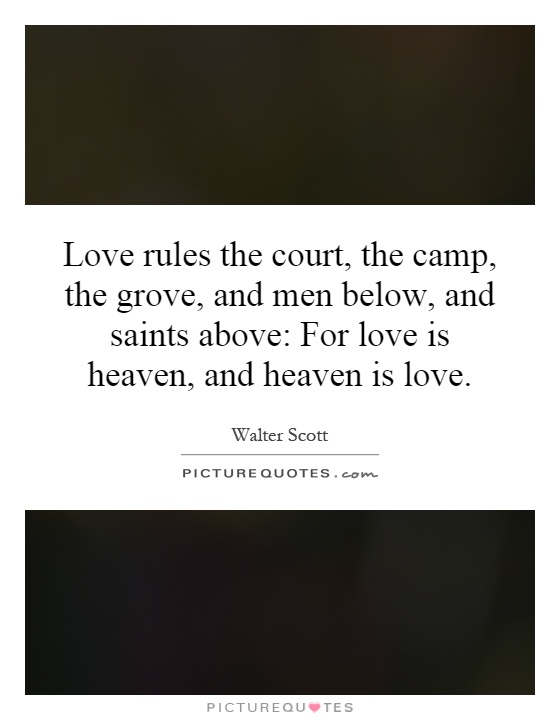
Love rules the court, the camp, the grove, and men below, and saints above: For love is heaven, and heaven is love
Sir Walter Scott, the renowned Scottish novelist and poet, was a master at capturing the complexities of human emotions in his works. His writings often explored themes of love, loyalty, and honor, and he had a deep understanding of the power of love in shaping the lives of individuals and societies. In his works, love was portrayed as a force that ruled over all aspects of life, from the court to the camp, the grove, and even the heavens above.The quote “Love rules the court, the camp, the grove, and men below, and saints above: For love is heaven, and heaven is love” perfectly encapsulates Scott’s belief in the all-encompassing nature of love. In his novels, love was often depicted as a driving force that motivated characters to act with courage, compassion, and selflessness. Whether it was the love between a man and a woman, the love of a parent for a child, or the love of a soldier for his country, Scott understood that love had the power to transform individuals and societies.
In Scott’s historical novels, such as “Ivanhoe” and “Rob Roy,” love played a central role in the lives of the characters. The love between Ivanhoe and Rebecca, for example, transcended social barriers and challenged the conventions of their time. Their love was a source of strength and inspiration, driving them to overcome obstacles and fight for what they believed in.
Similarly, in “Rob Roy,” the love between Rob Roy MacGregor and his wife, Helen, was a powerful force that sustained them through hardship and adversity. Their love was a bond that could not be broken, even in the face of betrayal and danger.
For Scott, love was not just a human emotion, but a divine force that connected individuals to each other and to the heavens above. In his works, love was portrayed as a universal language that transcended boundaries of time, place, and culture. It was a force that could bring together people from different backgrounds and beliefs, and unite them in a common purpose.


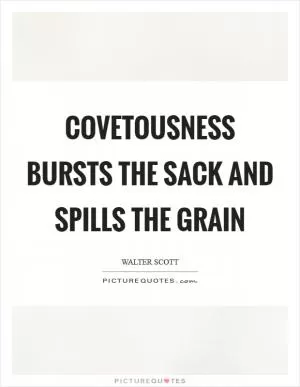

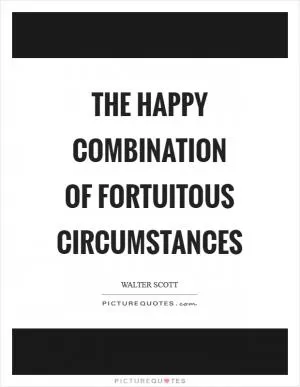


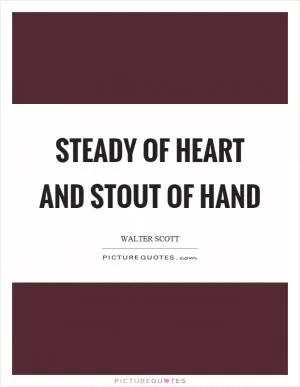

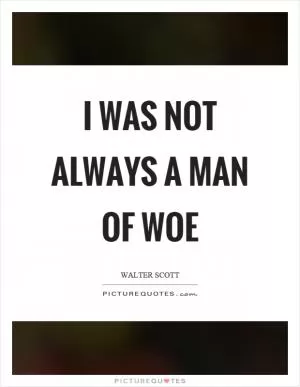
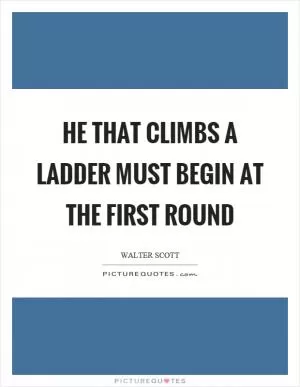

 Friendship Quotes
Friendship Quotes Love Quotes
Love Quotes Life Quotes
Life Quotes Funny Quotes
Funny Quotes Motivational Quotes
Motivational Quotes Inspirational Quotes
Inspirational Quotes